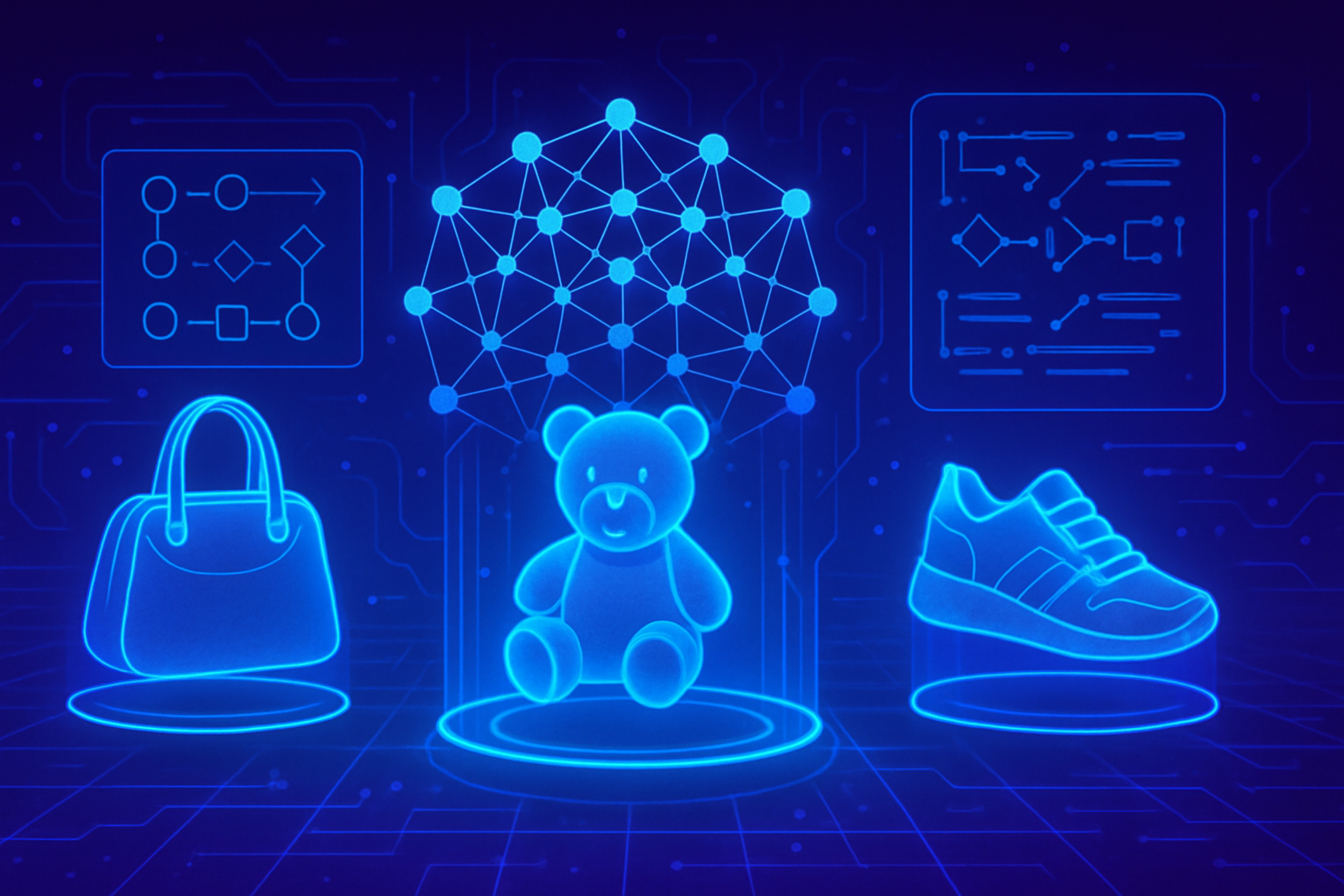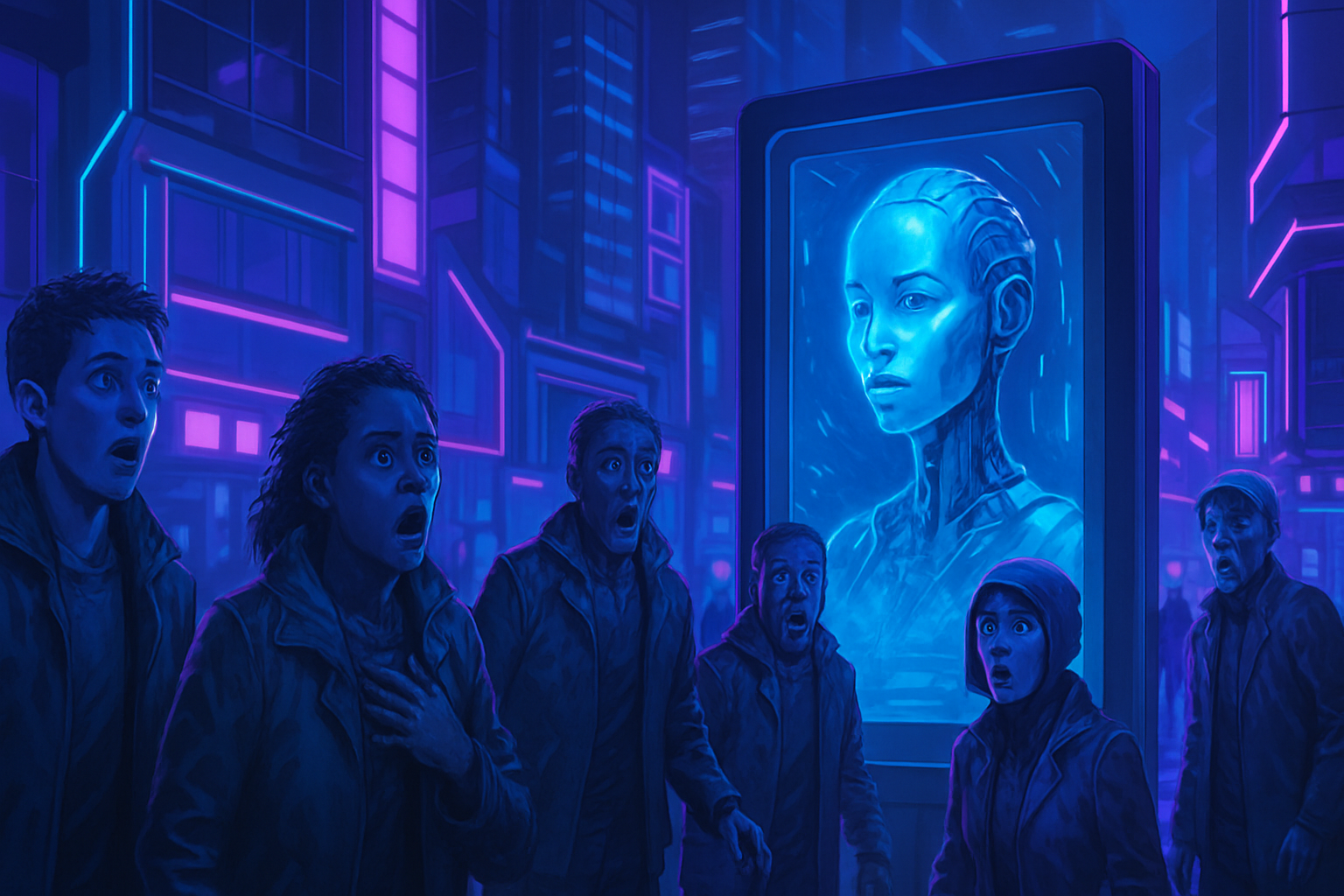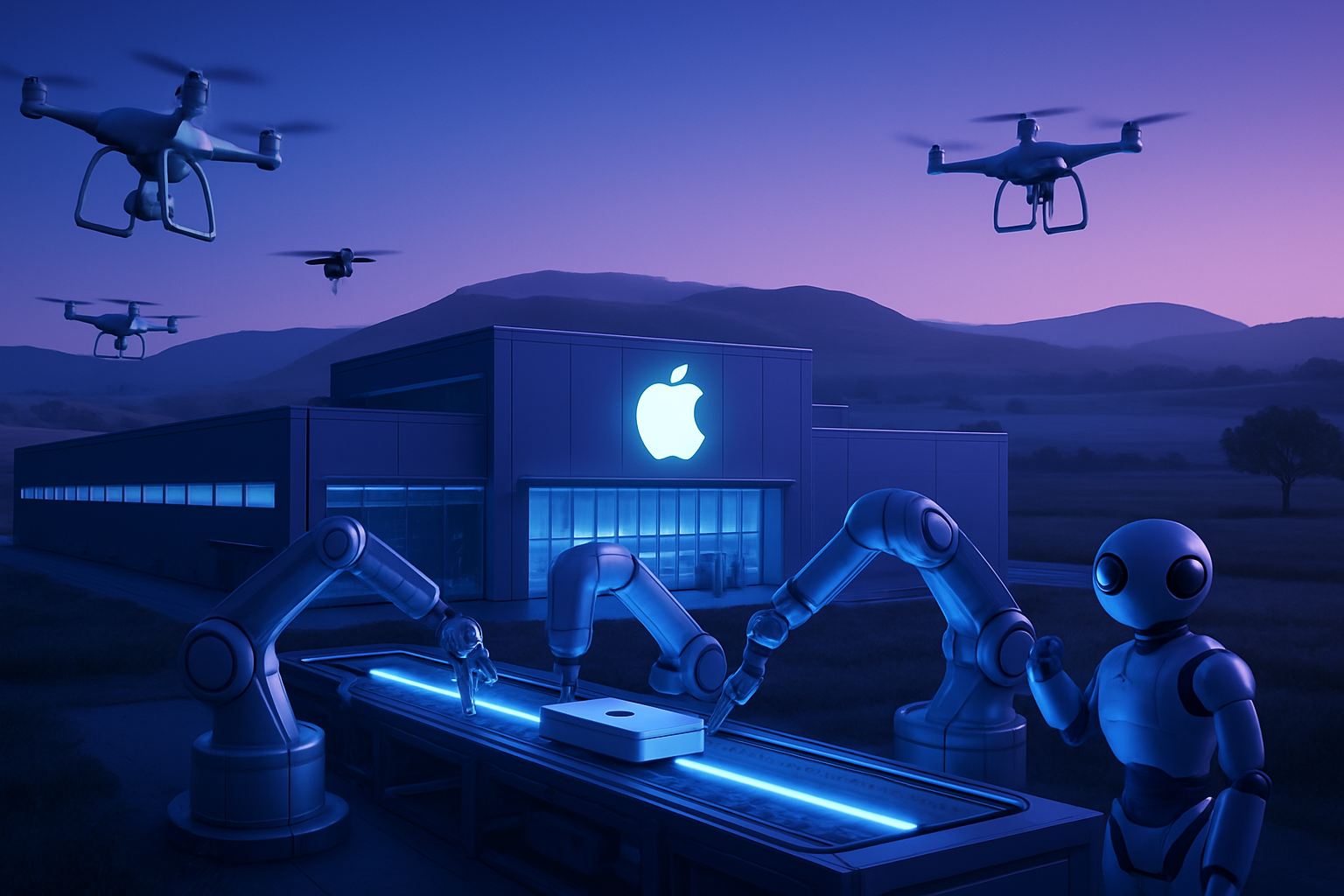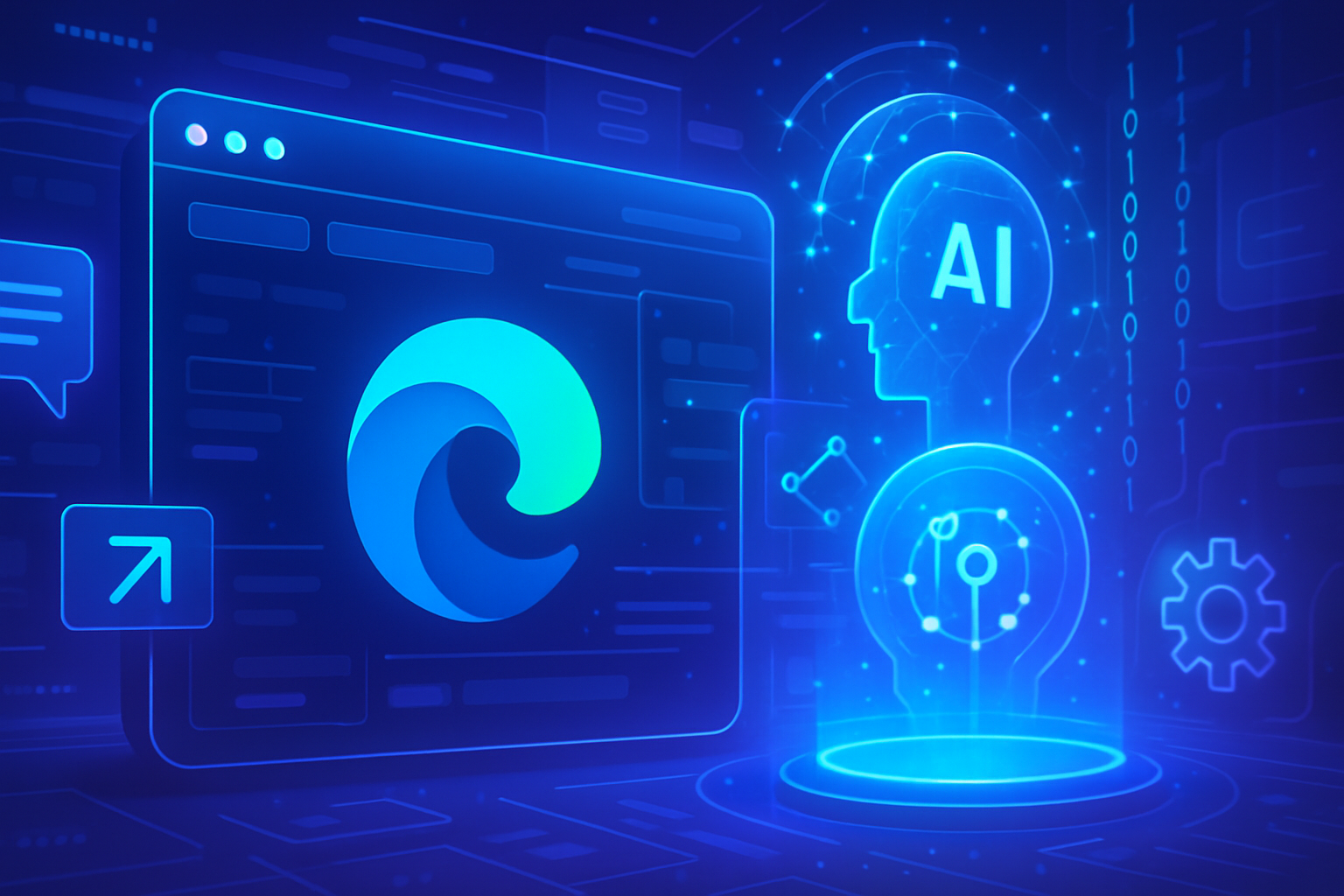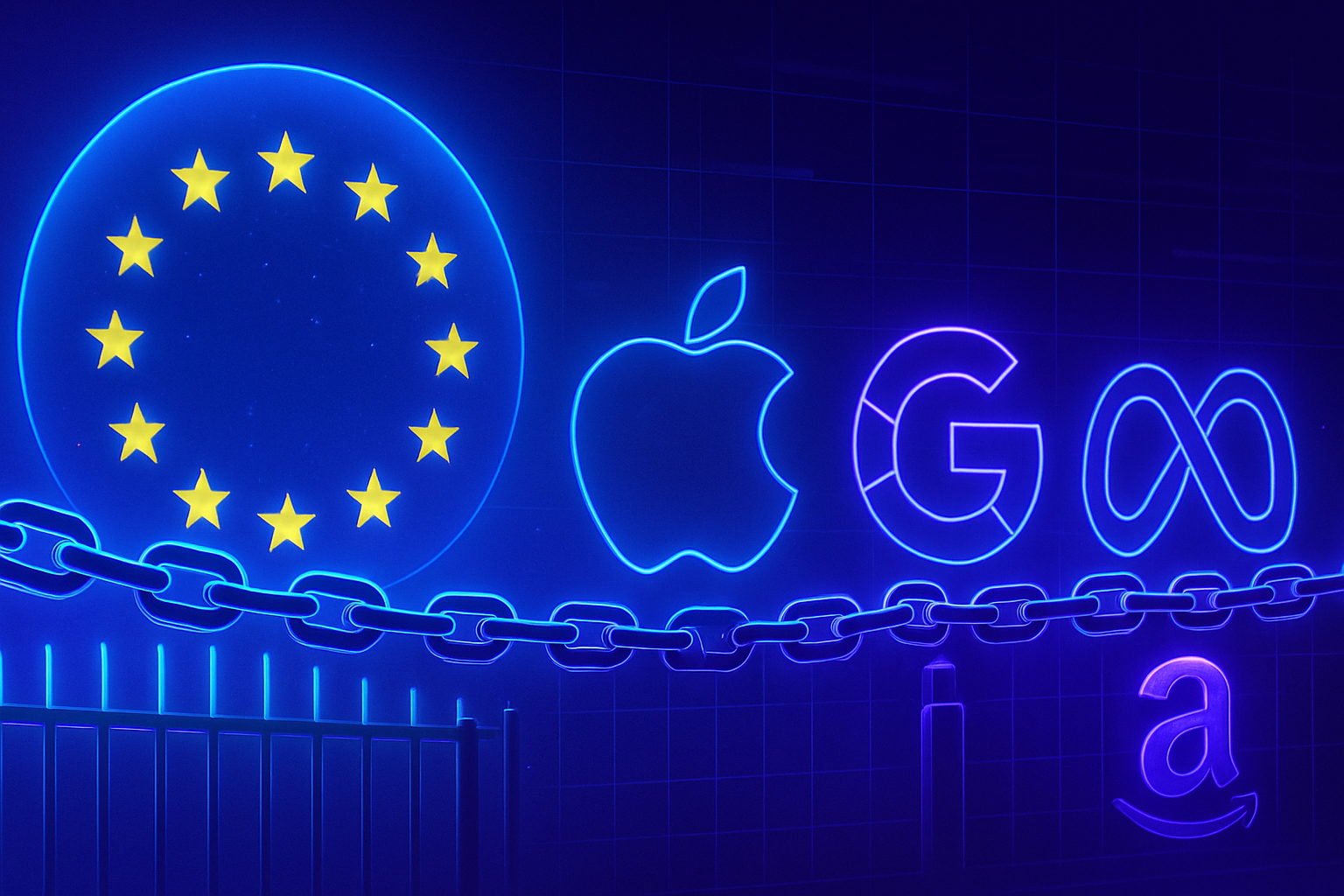Generative AI models face unprecedented challenges when trying to identify customized objects. The inability to locate an object, such as a pet, in a distraction-rich environment represents a significant gap. A new innovative method developed by researchers at MIT and the MIT-IBM Watson AI Lab aims to bridge this gap.
This breakthrough relies on contextual learning, allowing models to leverage visual cues. _Improving the accuracy of AI models is a fundamental issue._ The ability to recognize specific objects in varied settings represents a revolution for various application domains. _This method rephrases the localization of custom objects as an adaptation problem._ Through this approach, AI models can finally perform with increased efficiency, thus transforming human interactions with technology.
An innovative method for identifying customized objects with AI
Researchers at MIT and the MIT-IBM Watson AI Lab have developed a new method to enhance the localization capabilities of generative AI models in the context of identifying customized objects. Currently, models like GPT-5 face major challenges when it comes to finding defined objects in images, especially when these objects have unique characteristics.
Limitations of vision-language models
Most vision-language models stand out for their ability to identify general objects, such as a dog or a car, but their effectiveness significantly diminishes when the task is to locate a customized object, like a pet. For example, recognizing a French bulldog in a dog park poses difficulties for the current AI systems.
Researchers have observed that current models sometimes rely on previously acquired knowledge, neglecting the contextual cues necessary to specifically identify the desired object. This highlights a concerning realization about the ability of these systems to interpret complex visual evidence.
A training approach based on video tracking
To address this shortcoming, scientists have introduced a training method based on meticulously prepared video tracking data. This technique involves the recurrent tracking of the same object across multiple images, encouraging the model to focus on the context rather than prior knowledge.
The creation of a new dataset from video clips has been essential. By using sequences showing the same object in varied environments, scientists have structured entries that facilitate learning through contextual examples. This allows models to better grasp the nuances related to the specific location of an object within a given frame.
Challenges of contextual identification
An intriguing aspect of this research lies in the tendency of models to “cheat.” Indeed, when asked to identify an object, a system may rely on its prior knowledge rather than on the contextual cues provided by the image. For instance, a model might identify a tiger based on its database, rather than on the specific visual context in which it appears.
To counter this tendency, researchers used pseudonyms for the objects in their dataset. Instead of simply calling a tiger “tigers,” they assigned it a fictitious name, which forced the model to rely on the environment to make its deductions.
Results and future implications
The results of this research are promising. Training VLMs (vision-language models) with this dataset led to an average localization efficiency improvement of about 12%. When pseudonyms were integrated, performance gains peaked with a 21% increase. Such progress could transform the landscape of assistive and surveillance technologies, allowing for precise tracking of objects in diverse environments.
Researchers intend to further explore the reasons why VLMs fail to convey the context-based learning capabilities inherited from LLMs (language models). By refining these methods, they are paving the way for practical applications, ranging from ecological monitoring to assistance for visually impaired users.
The final report on this research will be presented at the International Conference on Computer Vision (ICCV 2025) in Honolulu, Hawaii, an ideal platform for sharing these advancements.
User FAQ
What is the new method for locating customized objects in generative AI models?
This method teaches vision-language models (VLMs) to locate specific objects based on contextual examples rather than memorized information, enabling better identification of customized objects in new images.
How does the method improve the accuracy of AI models in locating objects?
By using meticulously prepared video tracking data, where the same object is tracked across multiple images, this forces the model to rely on contextual cues to identify the object, thereby improving their efficiency in identification.
What types of customized objects can this method identify?
The method can be adapted to identify different types of customized objects, such as pets, children’s backpacks, or even specific items within a home environment.
How does this method differ from previous techniques for locating objects?
Unlike previous methods that relied on random datasets, this method uses a structured dataset of video sequences to teach models to locate without the need for predefined annotations.
What are the benefits of using pseudo names to train the model?
Pseudo names eliminate the potential for the model to leverage memorized associations between objects and their labels, forcing it to focus on the visual context for accurate identification.
What is the extent of performance improvements achieved with this method?
Researchers have observed an average accuracy improvement of about 12% with this method, and up to 21% when pseudo names were used, demonstrating its effectiveness.
What practical applications could this method have in the real world?
This method could be used in applications such as animal monitoring, augmented reality assistants, and even assistive technologies for visually impaired individuals, thereby facilitating the location of specific objects.
Do AI models need to be fully trained for each new application with this method?
No, thanks to contextual training, models can adapt their understanding of a given task with few examples, which reduces the need for complex retraining each time.
